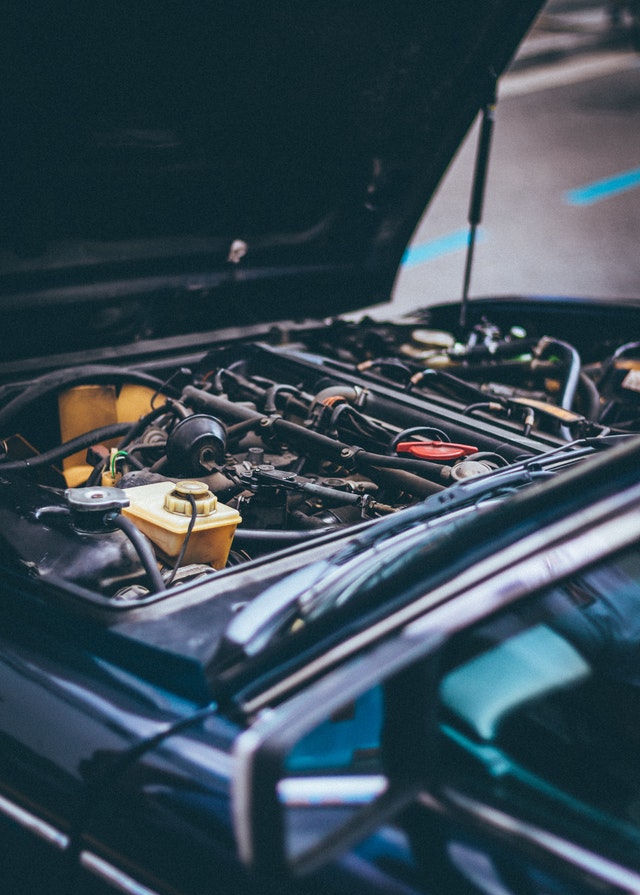
The maintenance schedules created by car manufacturers and mechanics are often very different. That “return for maintenance” reminder sticker the auto shop gave you might say you’re due for a service—even if it’s just been a few months since you last took your car in to the shop, or you’ve only driven 2,000 miles. However, you figure it’s better to be safe than sorry, and decide to take your car in.
You may be throwing money away when you do this! Auto shops will often recommend that you come in much more frequently than the vehicle manufacturer. This is the reason why it is so important to pay attention to the maintenance schedule that comes with your vehicle.
Follow Your Owner’s Manual
The best thing to do when it comes to keeping your vehicle in good shape is to read the owner’s manual. Most people’s manuals are gathering dust in their glove compartment, but they contain a lot of important information. You don’t have to read the manual from cover to cover, but be sure to at least go over the maintenance schedule. Each manual will have this section, and it will tell you exactly how often to bring your vehicle to a mechanic for maintenance and the exact work that should be done at each visit. Since this schedule is made by the people who designed and built the vehicle, it can be trusted more than the advice of a third-party auto shop, which is probably more interested in drumming up business.
For the most part, vehicles need very little in the way of servicing when they have fewer than 36,000 miles on the odometer. During this period, the vehicle will definitely need oil changes and tire rotations, but not much more. However, as your car ages and accumulates more mileage, more maintenance will be necessary.
Keep in mind that this scheduled maintenance is different from repairs. While repairs may be necessary at any time, scheduled maintenance is preventative—it is designed to keep your car running smoothly. Following the maintenance schedule will likely reduce the number of repairs you need to do, although accidents happen, of course, and car parts do not last forever.
Where to Have Your Vehicle Maintenance Done
When a newer car has few miles on it, many owners choose to take their vehicle back to the dealership for maintenance. This is because these early service appointments do not require much work and typically aren’t very expensive. After that point, when more maintenance is necessary and the bill goes up, many owners choose to bring their vehicles to independent mechanics or chain auto shops.
However, there is a big difference between third-party auto shops and the dealership service department. At the dealership, the mechanics are used to working on a particular make and are intimately familiar with the required maintenance tasks. In contrast, you need to understand exactly what to ask for when you go to an independent shop.
Another important thing to understand when it comes to maintenance is the difference between what your vehicle needs and what is recommended. A service advisor at a dealership will often come to you with recommended maintenance, which may not be what your vehicle needs. Compare this list to what’s in the owner’s manual and opt for only the things that the manufacturer deems appropriate. While you can choose to receive these other recommended services, they may be unnecessary and could cost you a lot of money. For example, many of these recommended services are fluid exchanges and inspections that can help, but generally are not needed.
The Importance of Knowing Your Maintenance Schedule
Whenever you schedule a service, especially with an independent mechanic but also with a dealership, find your maintenance schedule. If you’ve lost your manual, you can find it online through a simple Google search. Make a copy of the maintenance schedule and bring it to the shop, then use it as a guide to tell them exactly what you need. At an independent auto shop, the mechanic likely does not know offhand exactly what maintenance tasks your car requires. At a dealership, the service advisor may try to upsell you, and you can use the maintenance schedule to put them off.
You should also be prepared for extra recommendations after the service is complete. Sometimes, this work is actually necessary—the mechanic may have discovered a problem that needs attention. Other times, the shop may be trying to upsell again. If you trust your service advisor or mechanic, you can opt to have this additional work done. However, there is no harm in saying you would like to wait and see if the issue comes up again in the future. In addition, you can always go to another mechanic for a second opinion if you are not sure, or if you feel like you can’t trust the first mechanic.